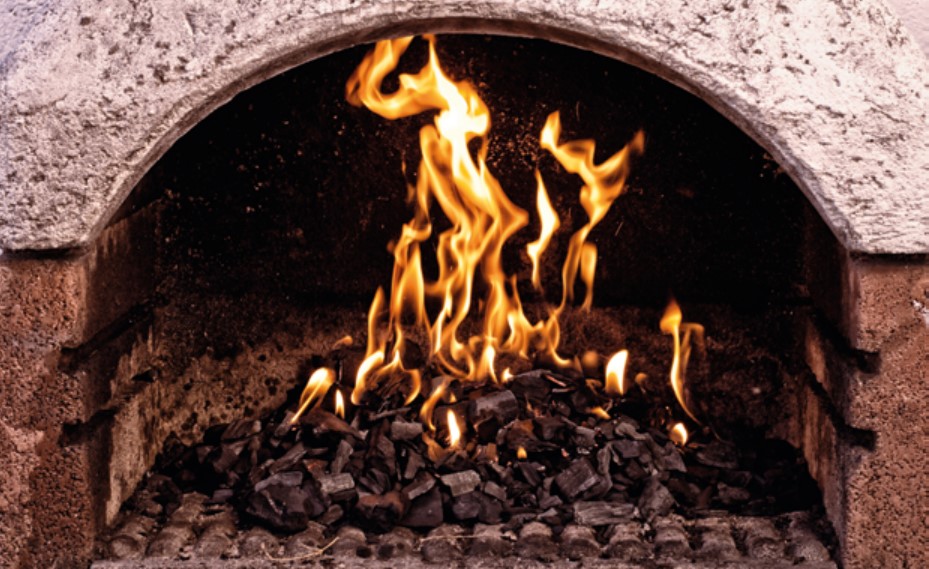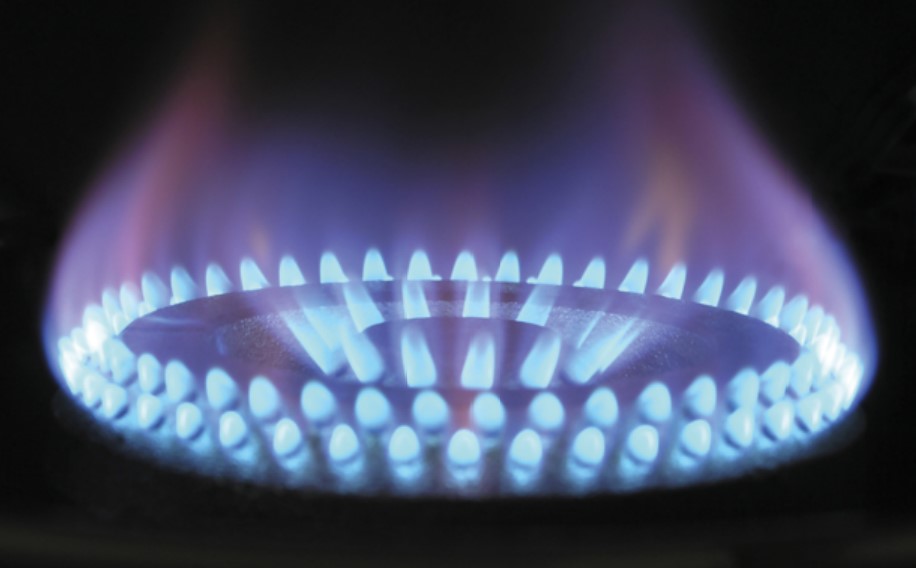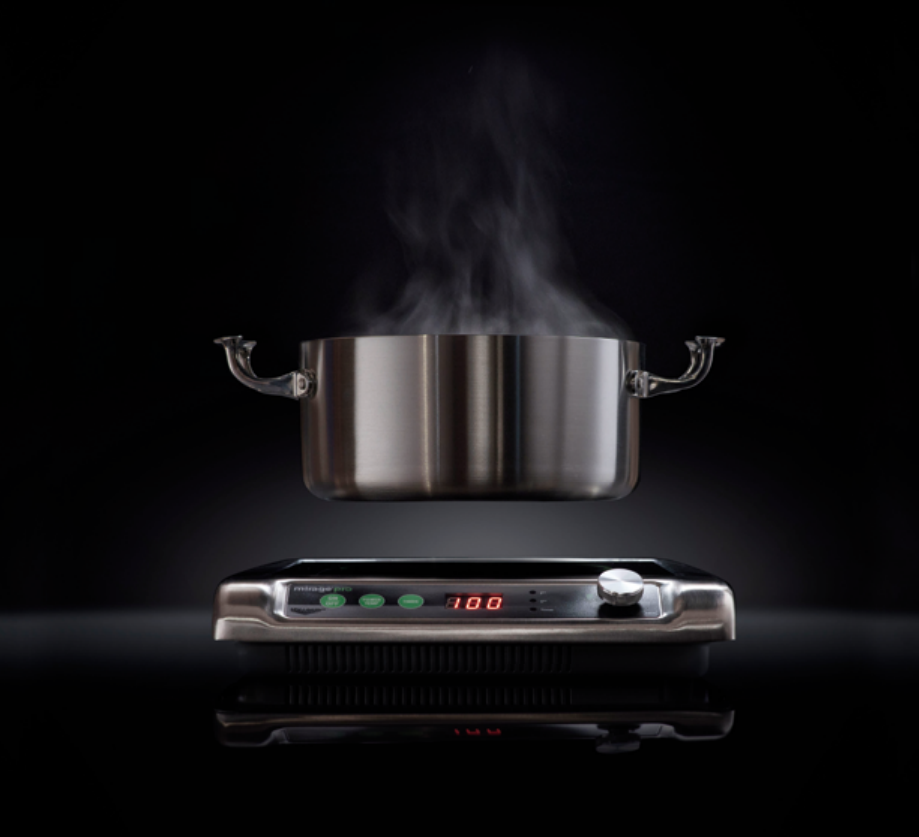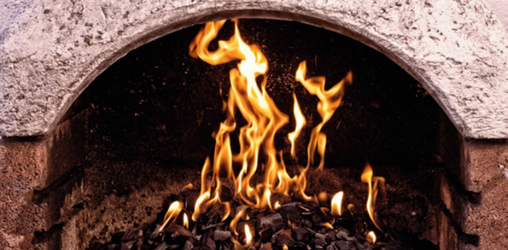from time immemorial cooking has gone hand-in-hand with fire. and in fact fire and cooking have always been almost synonymous concepts. Many archaeological sites have been investigated where various fire structures have been found.
These structures reflect the varied social roles in neandertal households that have been discovered in caves dating back to over 50.000 years.
About 5,000 years ago, Egyptians and Babylonians introduced a new concept: cooking in a stone oven which allowed food to be cooked from both above and below at the same time.
Everything continued along similar lines virtually until the industrial revolution. At the end of the eighteenth century, the popular “economic cooking appliance” was born, made of cast iron, heated using firewood or coal. An upper cooking surfa-ce allowed several foodstuffs to be cooked simultaneously, while at the same time the kitchen oven was introduced.

stone oven
In 1802, in an attempt to popularize the cooker, inventor Frederic Albert Winson presented the first gastronomic creation prepared with a gas cooker. He wanted to illustrate the possibilities that such cookers offered, such as the ease of turning them on and off, as well as improve-ments in hygiene. But inefficiencies and dangers meant gas cookers didn’t become widespread until the mid-19th century, though gas is now one of the most widely used energy sources in both pro-fessional and domestic kitchens.
Later, with the arrival of electricity, this was also seen as a possible means for generating heat. In 1890, the first electric stoves appeared, equipped with thermostats These rudimentary appliances didn’t regulate the heat very well and caused a certain amount of disappointment when problems with cooking occurred: the food was either raw or burnt. It’s time had yet to come.

In the twentieth century, the electric oven was presented at the World Fair in Paris, but again, the lack of efficient regulation meant that ovens with genuine thermal control weren’t commercially sold until 1935.
INDUCTION COOKING TECHNOLOGY: THE FUTURE PERFECTION OF TEMPERATURE AND TIME CONTROL.
he first trials in induction cooking can be placed around the middle of the twentieth century, when General Motors carried out demonstrations, heating water while placing a piece of paper between the vessel and the induction plate, but it largely remained a curiosity
In 1971, at a convention in Houston, Westinghouse introduced a product for domestic use, and as a result, they began to produce the first con-sumer hobs for homes. he price was very high which limited the expansion of the product. In 1979, induction plates appeared in Europe at the domestic level. It was in France that the Scholtes Company presented a hob, based on magnetic field activity, which allowed the heat intensity to be controlled.

Next post: “Introduction to materials in cookware and kitchen utensils”






Leave a reply